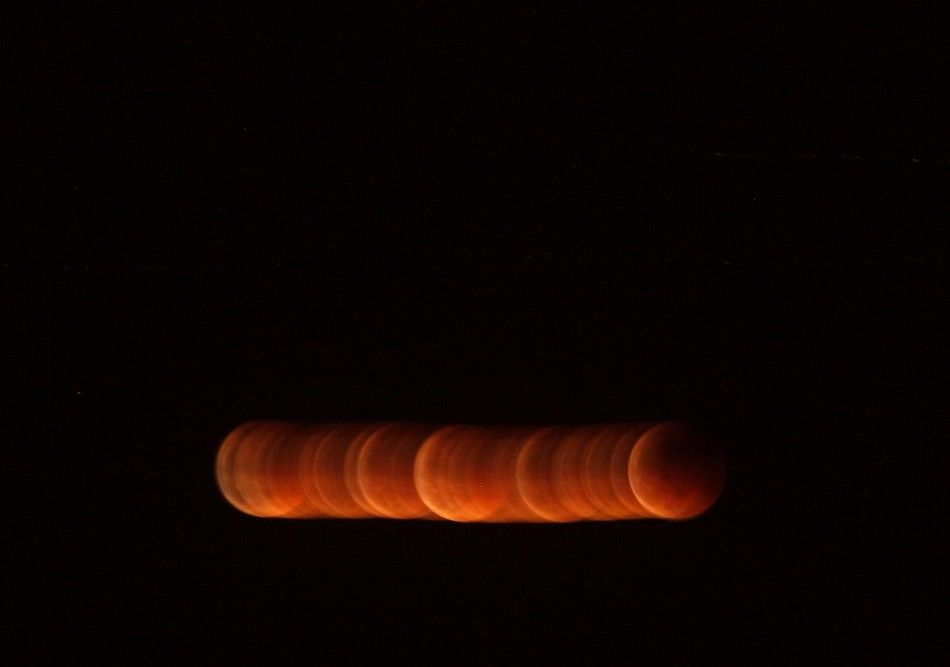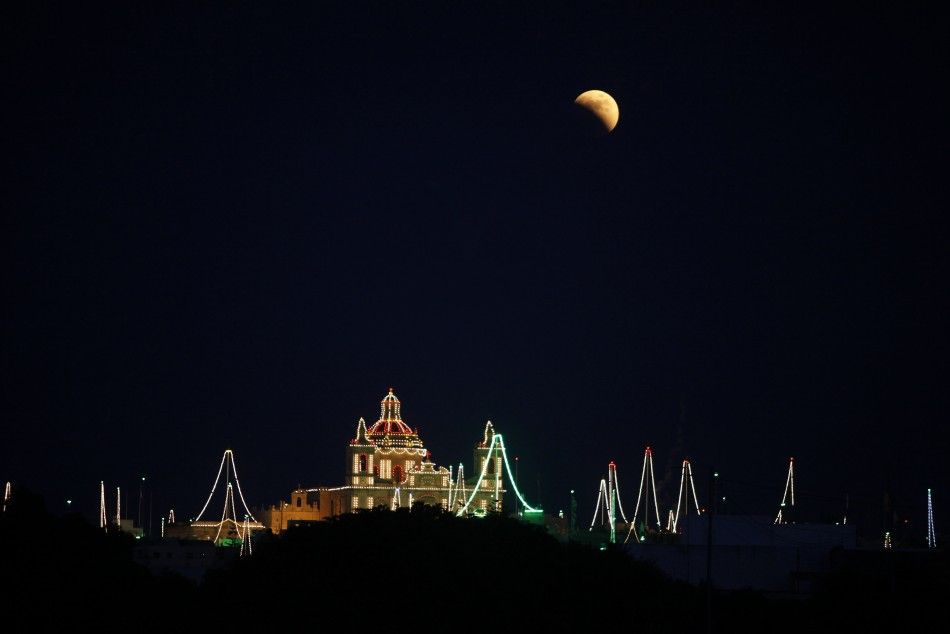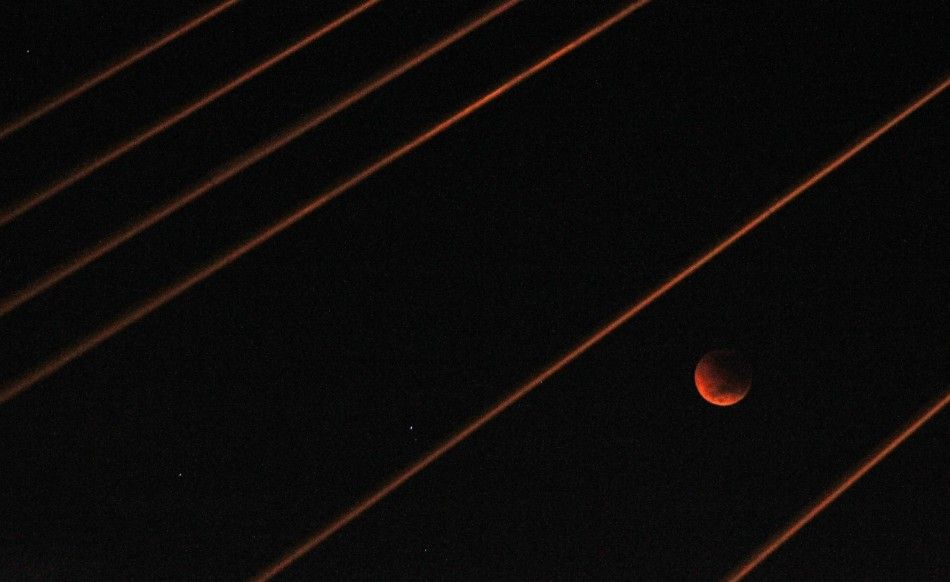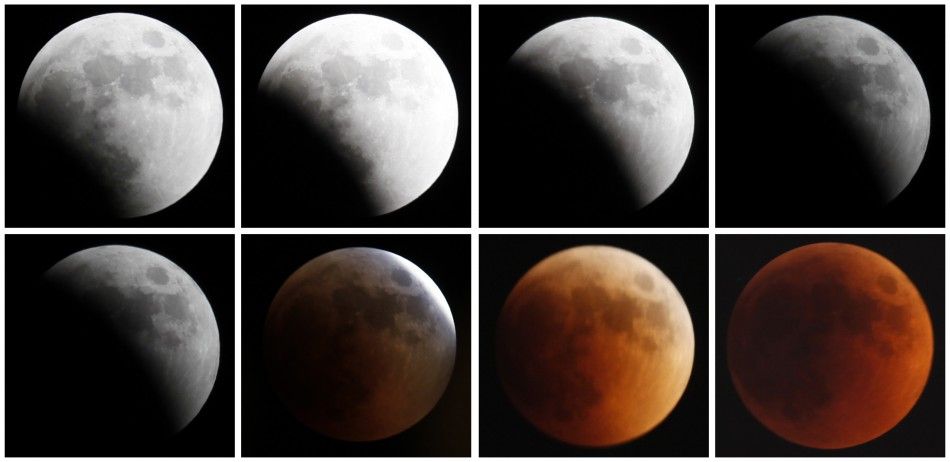Lunar Eclipse 2011: Splendid Blood Red Moon On Sky (PHOTOS)
The lunar eclipse on June 15 put all skygazers on awe and wonder as they have witnessed an event of their lifetime.
In what, skywatchers term as a splendid red moon show, the white moon turned in to blood red as the longest and one of the most beautiful lunar eclipses in a decade unfolded Wednesday night.
The eclipse, which lasted 100 seconds, also found its place in history as according to astronomers, it was among the best three in terms of length and totality that took place in the last 100 years in history.
The Herald Sun quoted Martin Bush, curator of Melbourne Planetarium stating that it would be the longest one since 2000 - which was one of the three longest since 1000BC.
The last lunar eclipse closer to the center of Earth's shadow was on July 16, 2000, when it lasted 107 minutes.
The next such eclipse is forecasted to take place only in 2141.
Google, which even modified its homepage logo for the cosmic event, had partnered with astronomy site, Slooth and offered live streaming of the event for its North American audience, who were left out in the race as the eclipse ended shortly before 7 p.m EST.
The decade's darkest and longest eclipse was observed over the evening skies in Serbia and other parts of Central and Southeast Europe. The eclipse occurred past midnight in Asia and Indian sub-continents, whereas the western tip of Australia and the Pacific got the eclipsed view of blood-red moon during early hours on Thursday, June 16.
While Australian astronomers have to deal with thick cloud cover and rain in some parts of the country, others had a much clearer view of the show. In Singapore, more than 700 people gathered outside a local science centre to watch, the Straits Times reported.
Indian skywatchers were also witnessed the celestial treat, with crowds gathered at the country's leading planetarium in the capital New Delhi. Meanwhile, the Nehru planetarium had organized an overnight moon carnival to familiarize visitors, setting up special viewing telescopes.
The June 15 marvel was only the first lunar eclipse of 2011. If you missed the event.. no issues as more eclipses are set to come this year. Astronomers are expecting four partial solar and two total lunar eclipses this year.
A lunar eclipse occurs when the moon passes behind the earth so that the earth blocks the sun's rays from striking the moon. This can occur only when the Sun, Earth, and Moon are aligned exactly, or very closely so, with the Earth in the middle. Hence, a lunar eclipse can only occur the night of a full moon.
The type and length of an eclipse depend upon the Moon's location relative to its orbital nodes. The June 15 eclipse was a central eclipse, visible over Europe and south America after sunset, over Africa and most of Asia, and Australia before sunrise. The previous total lunar eclipse occurred on December 21, 2010, at 08:17 UTC.






© Copyright IBTimes 2024. All rights reserved.





















